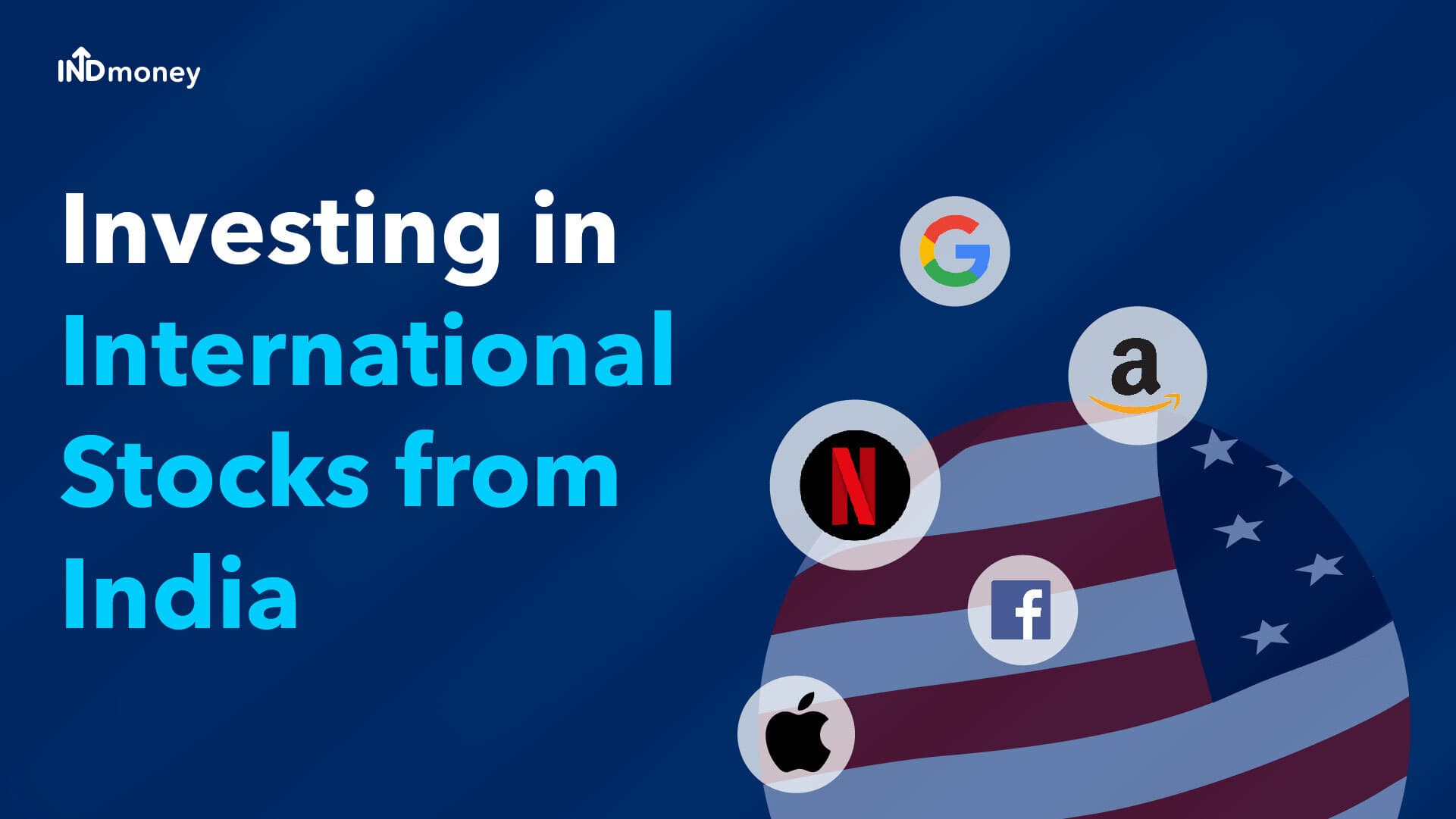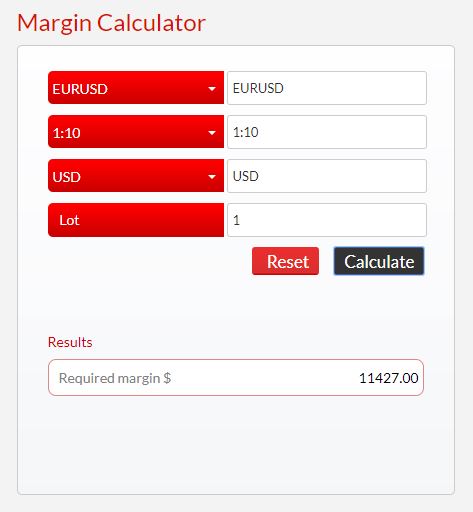
Diversification can shield investors from the volatility of financial markets and business risk. Diversifying investments can help to reduce unnecessary risk and maximize the potential reward. While some investors may be hesitant to spread their resources across different types of investments, this strategy is a good choice for long-term investors. Find out how to get started and what the benefits are. We'll talk about the three types that investors have to worry about: unsystematic risks (global economic recession), and systemic risk (large market changes).
Unsystematic risks are more localized and less global.
To reduce unsystematic and systemic risk, investors should diversify. There are two types: systemic risk or unsystematic risk. Systemic risk can be caused by macroeconomic factors like changes in monetary policy or natural disasters. Unsystematic threat, on other hand, is caused specifically by factors within an industry. For example, the internal and/or external risks that only affect one business. Diversification can help reduce the impact on unsystematic and local risks.

Systematic risks are broad structural changes that affect the market.
Recent concerns regarding systemic risk have been focused on investment banking. Complex financial contracts such as buying options are made by investment banks, and they can be subject to unexpected events. Bank A may buy an option at Bank B but then have to close the shop due to poor housing market investments. Bank A might be negatively affected by Bank B's collapse. In this case, Bank A would have to invest in 20 stocks or more from different sectors.
Portfolio diversification reduces volatility
One of the primary reasons that portfolio diversification is beneficial is that it minimizes the impact of the market's volatility. Diversification decreases volatility by decreasing reliance on one position. Columbia Management Investment Advisers studies show that diversification reduces the risk of a single position by decreasing correlation. Although volatility effects can vary by asset, the principal purpose of diversification should be to decrease overall downside risks in your portfolio.
It reduces the sensitivity to market swings
By dividing your portfolio into several asset classes, you reduce your sensitivity to market swings. Diversifying your portfolio may reduce adverse effects from any one event because different assets don't react in the same way. Your portfolio should be diversified to increase your exposure and potential return from foreign markets. For example, volatility in the United States may not affect markets in Europe.

It lowers the risk of inflation
Diversification is crucial when you invest because it reduces your exposure for systematic and idiosyncratic risks. Idiosyncratic Risk is when one type or investment loses its value due to instability in another. Systematic risk is when one asset relies on another for its performance. By holding assets with low correlation, diversification reduces the risk. Your overall risk for these investments is lower than if they were invested in one asset class.
FAQ
How does inflation affect the stock market
Inflation can affect the stock market because investors have to pay more dollars each year for goods or services. As prices rise, stocks fall. Stocks fall as a result.
What are the benefits of stock ownership?
Stocks can be more volatile than bonds. The value of shares that are bankrupted will plummet dramatically.
However, if a company grows, then the share price will rise.
To raise capital, companies often issue new shares. This allows investors buy more shares.
Companies borrow money using debt finance. This allows them to get cheap credit that will allow them to grow faster.
Good products are more popular than bad ones. The stock price rises as the demand for it increases.
Stock prices should rise as long as the company produces products people want.
What is the difference in marketable and non-marketable securities
Non-marketable securities are less liquid, have lower trading volumes and incur higher transaction costs. Marketable securities on the other side are traded on exchanges so they have greater liquidity as well as trading volume. Marketable securities also have better price discovery because they can trade at any time. However, there are many exceptions to this rule. Some mutual funds, for example, are restricted to institutional investors only and cannot trade on the public markets.
Non-marketable securities can be more risky that marketable securities. They are generally lower yielding and require higher initial capital deposits. Marketable securities are usually safer and more manageable than non-marketable securities.
A bond issued by large corporations has a higher likelihood of being repaid than one issued by small businesses. This is because the former may have a strong balance sheet, while the latter might not.
Because they are able to earn greater portfolio returns, investment firms prefer to hold marketable security.
What is a fund mutual?
Mutual funds consist of pools of money investing in securities. They provide diversification so that all types of investments are represented in the pool. This helps reduce risk.
Managers who oversee mutual funds' investment decisions are professionals. Some mutual funds allow investors to manage their portfolios.
Mutual funds are often preferred over individual stocks as they are easier to comprehend and less risky.
How do you invest in the stock exchange?
Brokers allow you to buy or sell securities. A broker sells or buys securities for clients. When you trade securities, brokerage commissions are paid.
Banks typically charge higher fees for brokers. Because they don't make money selling securities, banks often offer higher rates.
To invest in stocks, an account must be opened at a bank/broker.
If you hire a broker, they will inform you about the costs of buying or selling securities. This fee will be calculated based on the transaction size.
Your broker should be able to answer these questions:
-
You must deposit a minimum amount to begin trading
-
whether there are additional charges if you close your position before expiration
-
What happens to you if more than $5,000 is lost in one day
-
How many days can you maintain positions without paying taxes
-
What you can borrow from your portfolio
-
whether you can transfer funds between accounts
-
What time it takes to settle transactions
-
The best way buy or sell securities
-
How to Avoid Fraud
-
How to get help for those who need it
-
whether you can stop trading at any time
-
Whether you are required to report trades the government
-
Reports that you must file with the SEC
-
Whether you need to keep records of transactions
-
If you need to register with SEC
-
What is registration?
-
How does it affect me?
-
Who is required to register?
-
What are the requirements to register?
Statistics
- "If all of your money's in one stock, you could potentially lose 50% of it overnight," Moore says. (nerdwallet.com)
- Ratchet down that 10% if you don't yet have a healthy emergency fund and 10% to 15% of your income funneled into a retirement savings account. (nerdwallet.com)
- For instance, an individual or entity that owns 100,000 shares of a company with one million outstanding shares would have a 10% ownership stake. (investopedia.com)
- The S&P 500 has grown about 10.5% per year since its establishment in the 1920s. (investopedia.com)
External Links
How To
How to open an account for trading
First, open a brokerage account. There are many brokers available, each offering different services. There are some that charge fees, while others don't. Etrade, TD Ameritrade and Schwab are the most popular brokerages. Scottrade, Interactive Brokers, and Fidelity are also very popular.
After you have opened an account, choose the type of account that you wish to open. These are the options you should choose:
-
Individual Retirement Accounts (IRAs).
-
Roth Individual Retirement Accounts
-
401(k)s
-
403(b)s
-
SIMPLE IRAs
-
SEP IRAs
-
SIMPLE 401(k)s
Each option comes with its own set of benefits. IRA accounts have tax advantages but require more paperwork than other options. Roth IRAs allow investors to deduct contributions from their taxable income but cannot be used as a source of funds for withdrawals. SIMPLE IRAs and SEP IRAs can both be funded using employer matching money. SIMPLE IRAs can be set up in minutes. They allow employees to contribute pre-tax dollars and receive matching contributions from employers.
Finally, you need to determine how much money you want to invest. This is the initial deposit. Most brokers will offer you a range deposit options based on your return expectations. You might receive $5,000-$10,000 depending upon your return rate. This range includes a conservative approach and a risky one.
After you've decided which type of account you want you will need to choose how much money to invest. There are minimum investment amounts for each broker. These minimum amounts vary from broker-to-broker, so be sure to verify with each broker.
After deciding the type of account and the amount of money you want to invest, you must select a broker. You should look at the following factors before selecting a broker:
-
Fees: Make sure your fees are clear and fair. Many brokers will try to hide fees by offering free trades or rebates. However, many brokers increase their fees after your first trade. Do not fall for any broker who promises extra fees.
-
Customer service: Look out for customer service representatives with knowledge about the product and who can answer questions quickly.
-
Security - Select a broker with multi-signature technology for two-factor authentication.
-
Mobile apps - Find out if your broker offers mobile apps to allow you to view your portfolio anywhere, anytime from your smartphone.
-
Social media presence – Find out if your broker is active on social media. If they don’t, it may be time to move.
-
Technology - Does this broker use the most cutting-edge technology available? Is the trading platform easy to use? Are there any glitches when using the system?
Once you've selected a broker, you must sign up for an account. Some brokers offer free trials. Others charge a small amount to get started. After signing up you will need confirmation of your email address. Next, you'll need to confirm your email address, phone number, and password. You'll need to provide proof of identity to verify your identity.
Once verified, you'll start receiving emails form your brokerage firm. These emails contain important information about you account and it is important that you carefully read them. The emails will tell you which assets you are allowed to buy or sell, the types and associated fees. You should also keep track of any special promotions sent out by your broker. These promotions could include contests, free trades, and referral bonuses.
Next, you will need to open an account online. Opening an account online is normally done via a third-party website, such as TradeStation. Both websites are great resources for beginners. You will need to enter your full name, address and phone number in order to open an account. After you submit this information, you will receive an activation code. You can use this code to log on to your account, and complete the process.
Now that you have an account, you can begin investing.